BAIJIU
Estimated reading time: 2 minutes
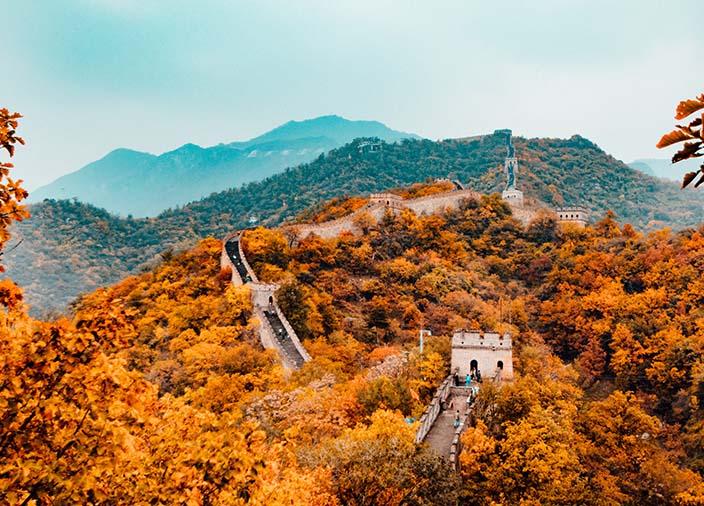
WHERE IT BEGAN
Baijiu is China’s national drink and one of the most consumed alcoholic beverages in the world, with a history spanning several thousand years. Historically, it was the spirit of royalty and scholars, brought out to toast family events or celebrate key victories.
Nowadays, Baijiu has become an integral part of Chinese culture. Baijiu is traditionally enjoyed at room temperature in small glasses with food during social occasions and festivals. It’s widely available in China and ranges in price from the equivalent of a bottle of beer to thousands of dollars!
With the growing trend and demand for Asian ingredients in drinks, Baijiu has become increasingly popular across the world, even appearing in some innovative cocktails.
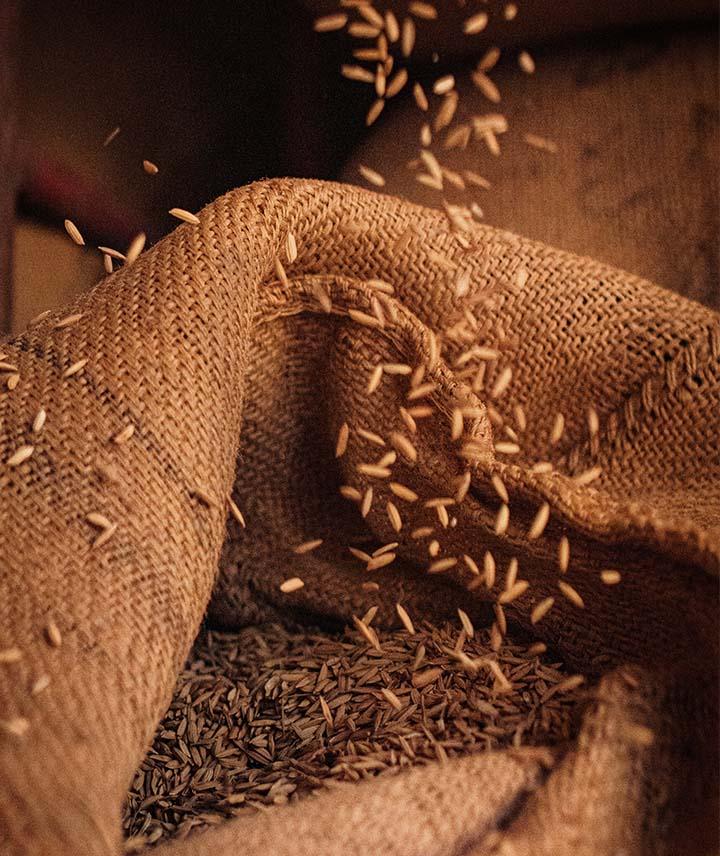
COOKING THE RAW INGREDIENTS AND FERMENTATION
Baijiu is a colourless, fragrant liquid made from a variety of raw materials, including sorghum, rice, corn, barley, wheat and even peas.
Baijiu, sometimes referred to as Shaojiu, produced in southern China will typically use glutinous rice whilst those made in northern regions traditionally source sorghum or similar grains.
The raw materials are cooked and then mixed with a starter culture called ‘Qu’ (coarsely crushed grains containing a mix of fungi and micro-organisms including yeasts) before going into pits or pottery vessels. The pits are usually sealed with earth, but some sub-categories will adopt an ‘open’ fermentation using ambient microbes. Solid or semi-solid-state fermentation will occur over a period of weeks or months.
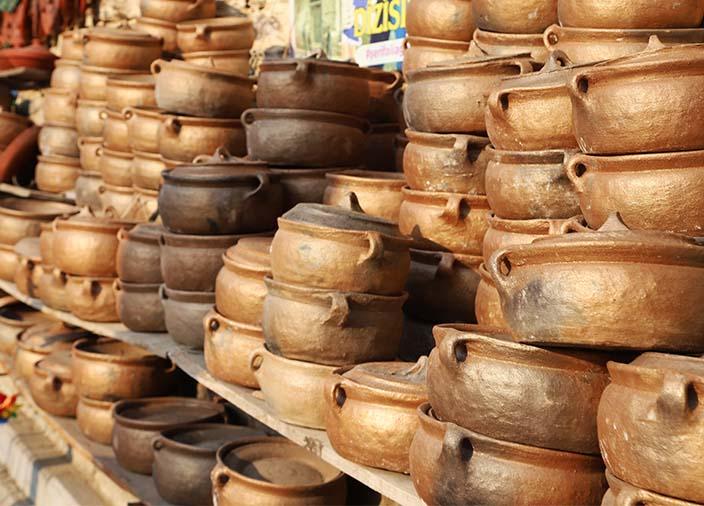
DISTILLATION
The fermented product is then distilled multiple times, traditionally using steam in wooden vats that act as packed column stills. New Baijiu is often rested or aged in earthenware pots to ‘soften’ the spirit until it is ready for bottling.
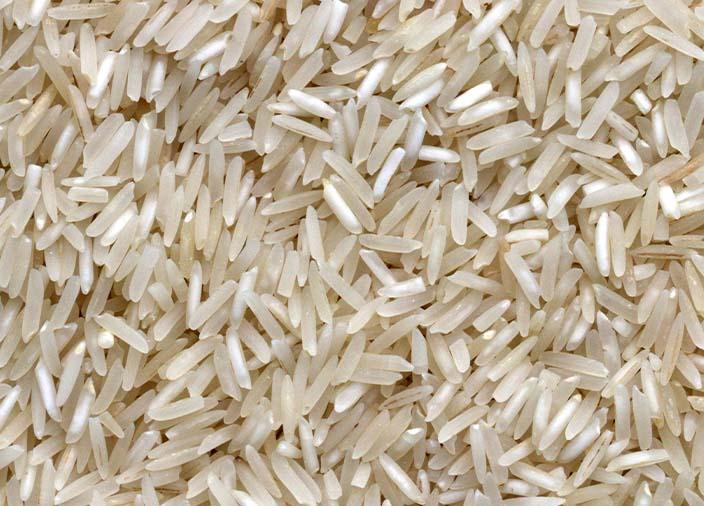
TYPES
Baijiu is produced in various styles in different provinces and is classified based on the resulting aromatic profile:
Rice Aroma – a classic, southern style known as the ‘gateway’ Baijiu. Rice aroma is sweet and soft and triple distilled to give a smoother, milder flavour.
Light Aroma – a popular style in Northern China and Taiwan, this Baijiu is made from a rice and sorghum blend with similar aromas to sake. With a sweet, floral taste, light aroma Baijiu is fermented in ceramic jars to keep it lighter and more neutral.
Strong Aroma – the most widely consumed style of Baijiu, strong aroma is spicy and fruity, with an aftertaste that pairs well with cuisine in the Sichuan region where it is produced. It is fermented in earth pits which help to develop the spirit's rich, concentrated flavour.
Sauce aroma – from the Guizhou province, this Baijiu style is full-bodied with a savoury aroma. It is very labour-intensive to produce, undergoing up to eight rounds of fermentation and distillation and at least three years of aging, making it significantly more expensive.
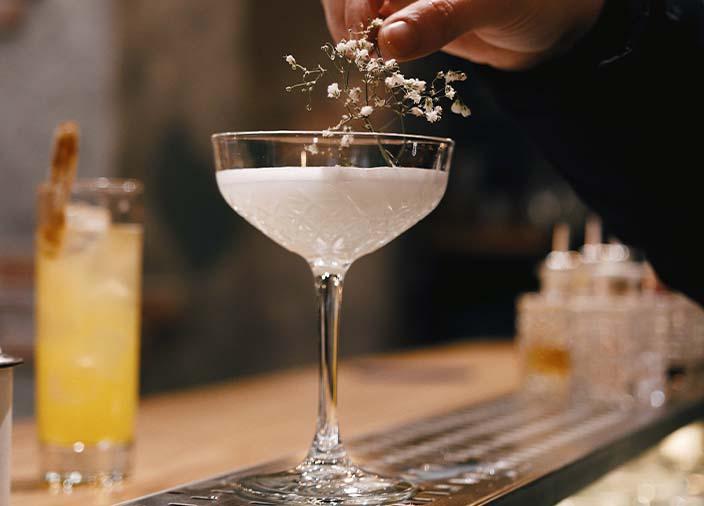
KEY SERVES
Baijiu is traditionally drunk at room temperature in very small glasses with food, but many adventurous bartenders in China and around the world have started to branch out and incorporate it into innovative cocktails. The unique umami flavours make it unusual and very distinctive.

